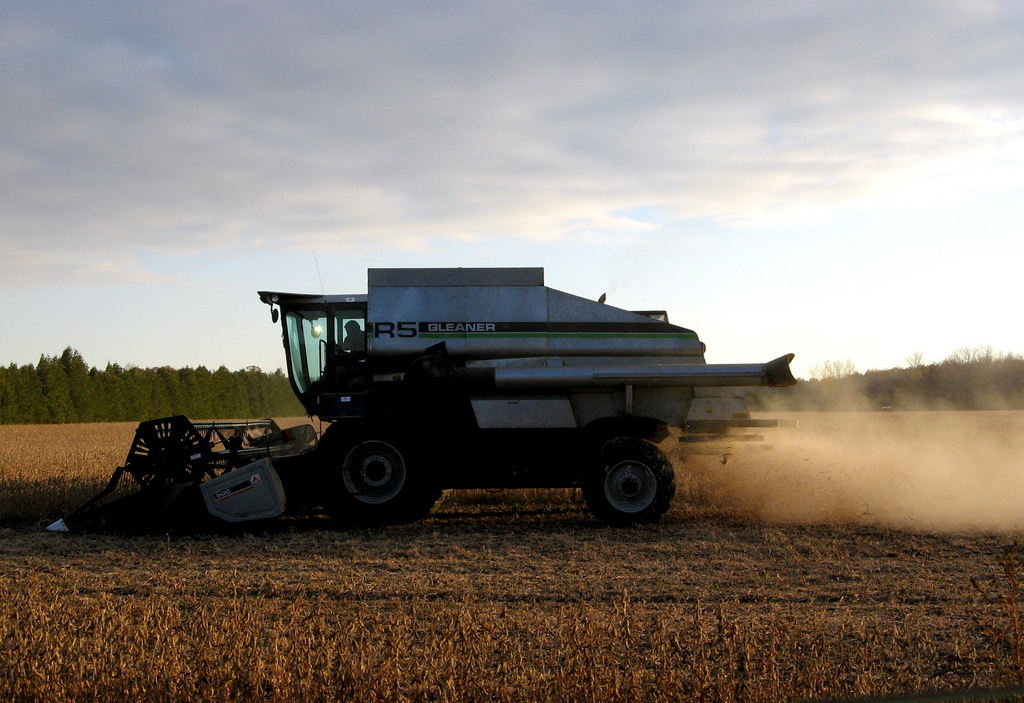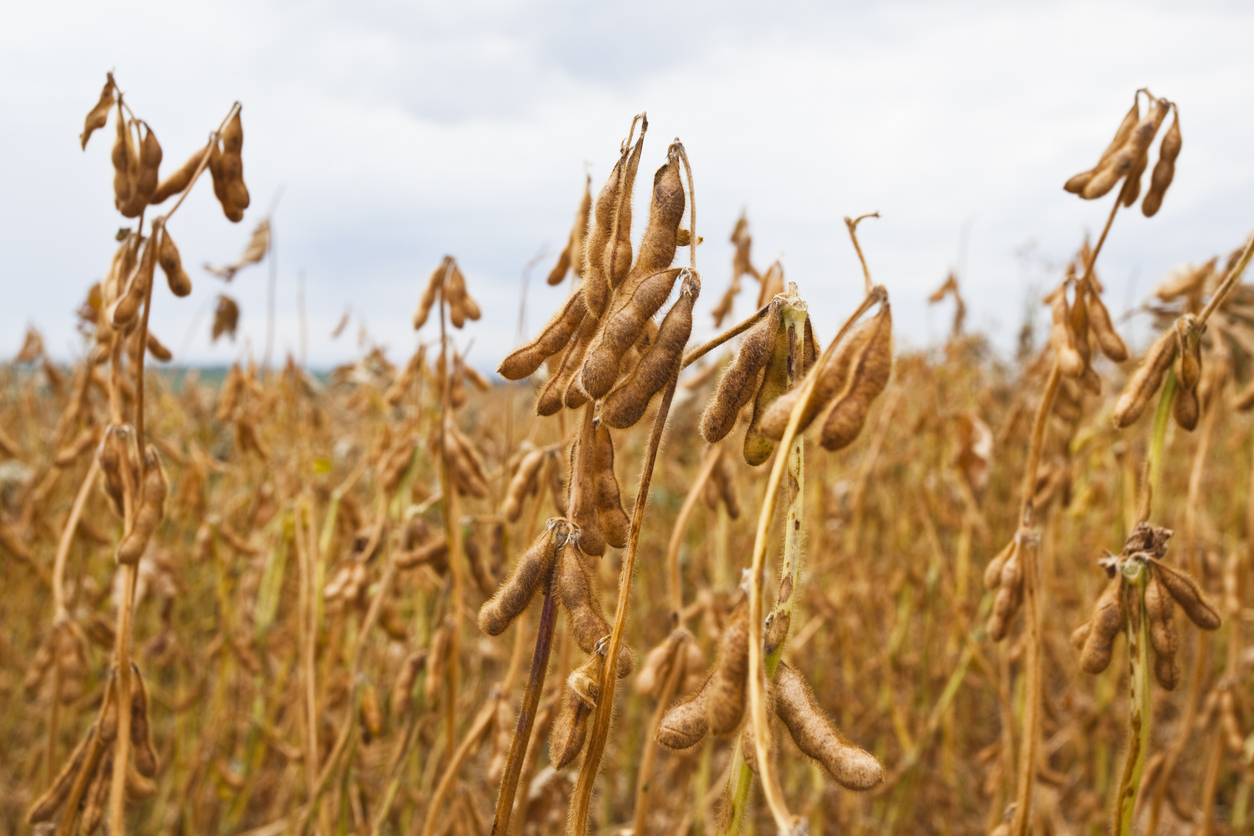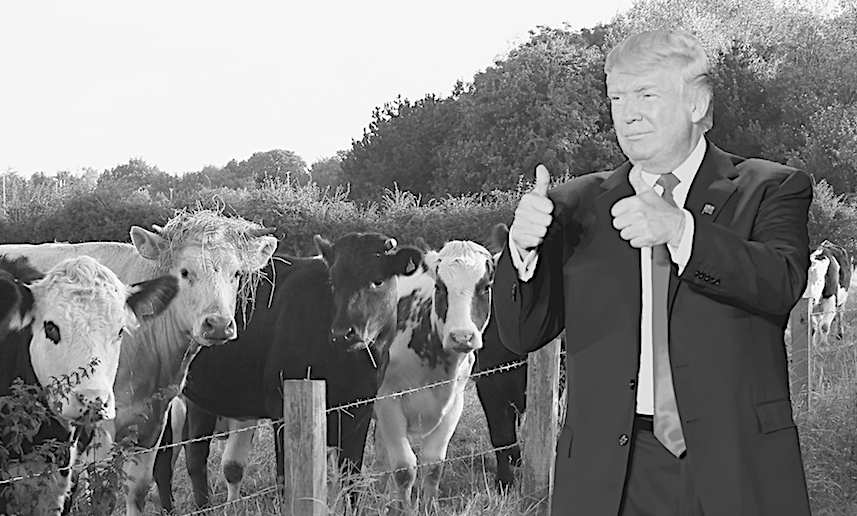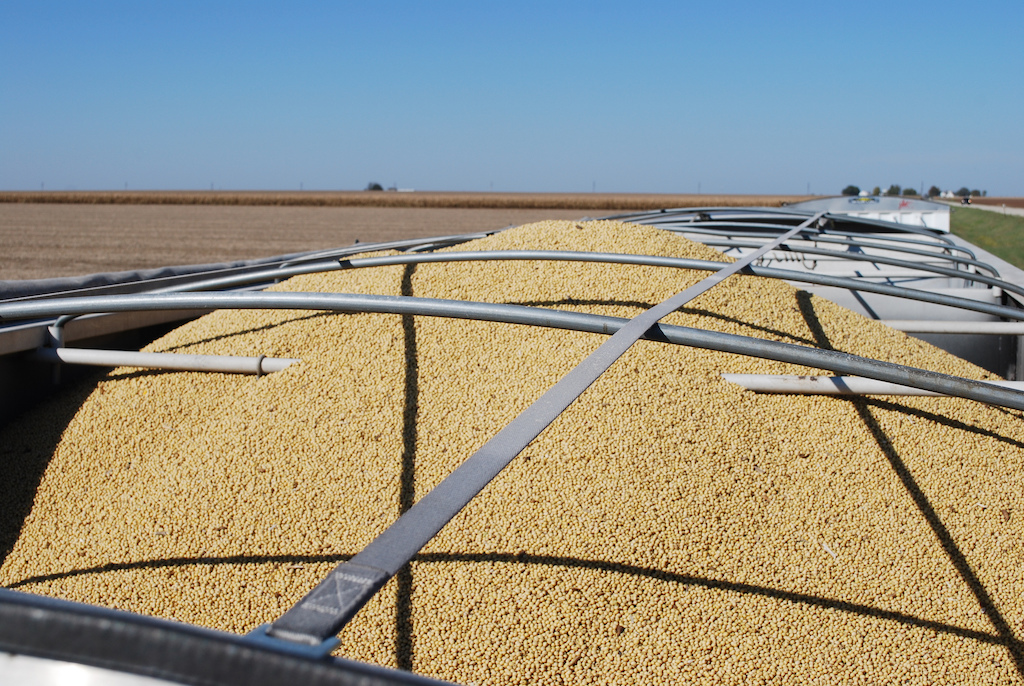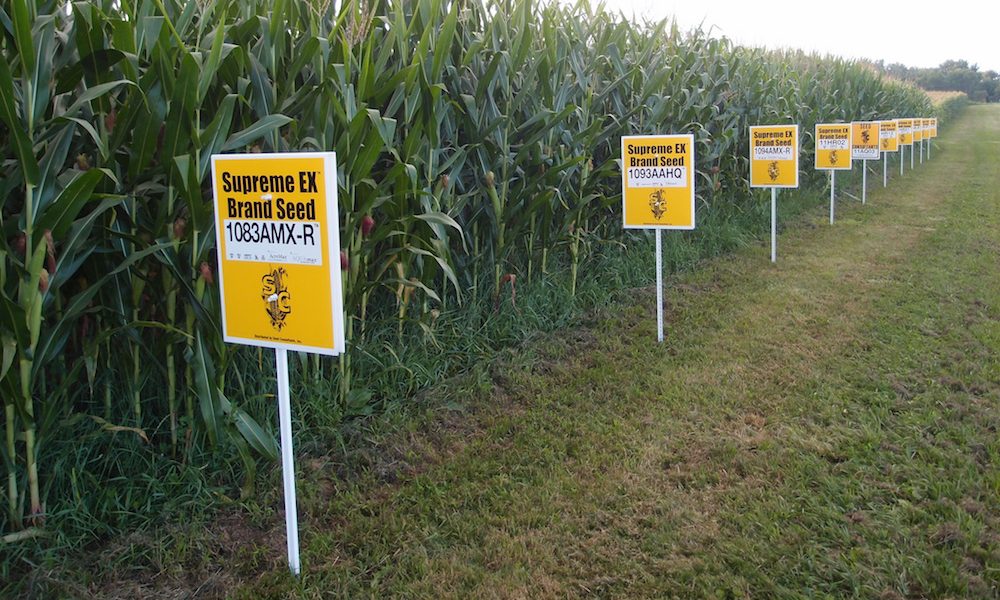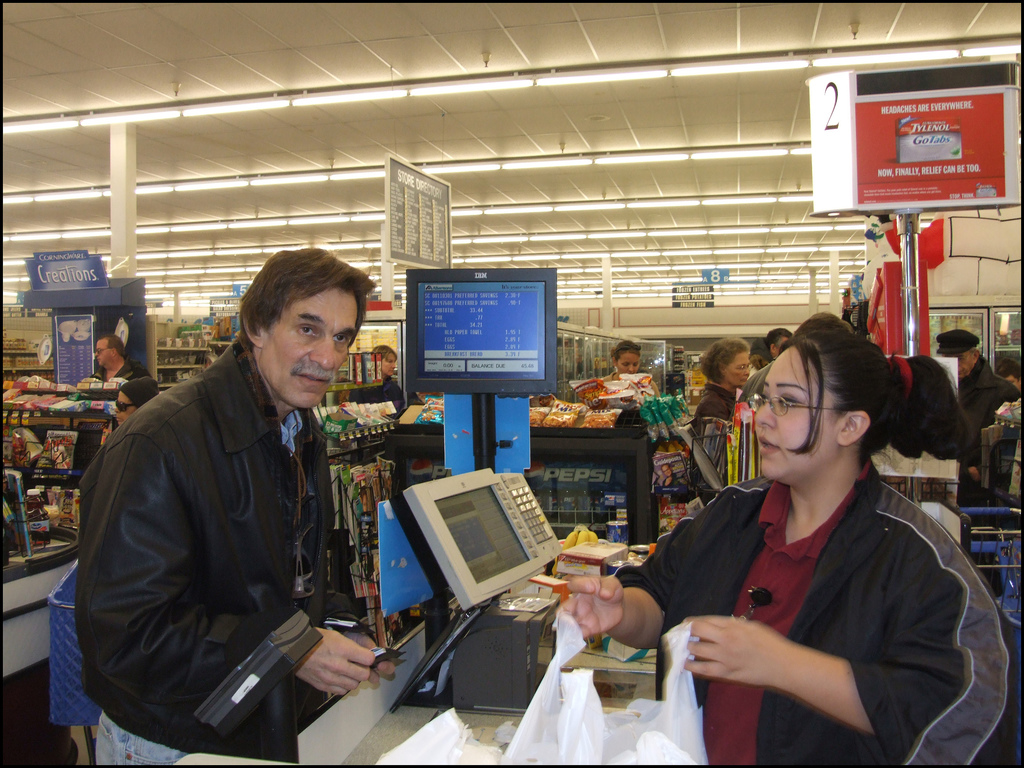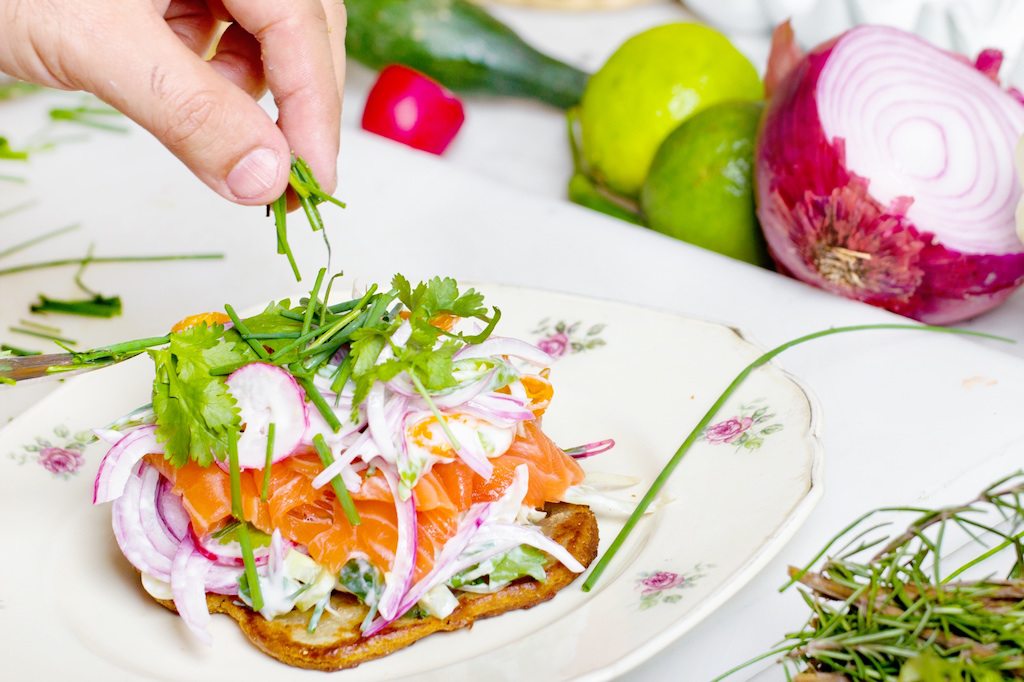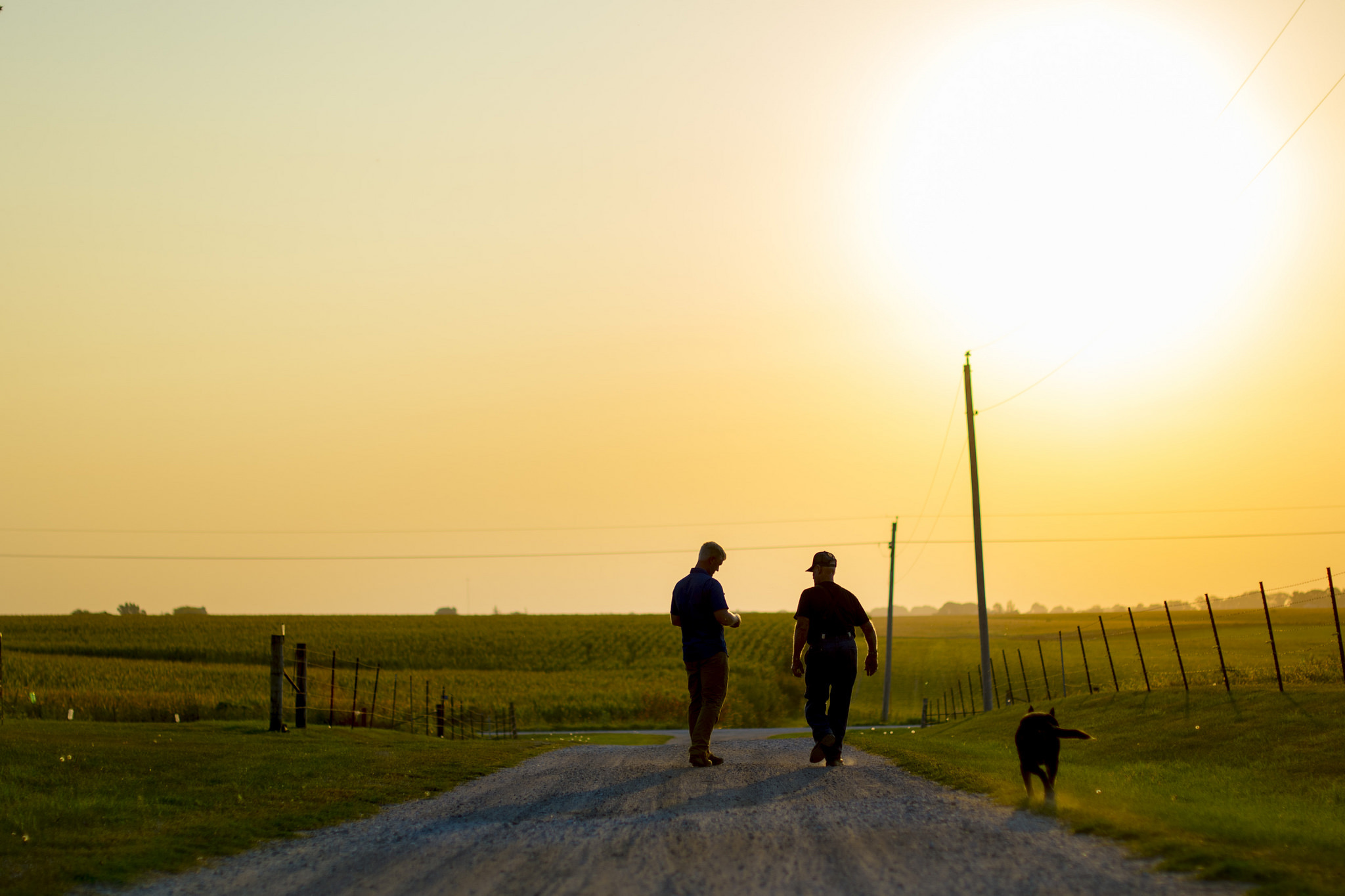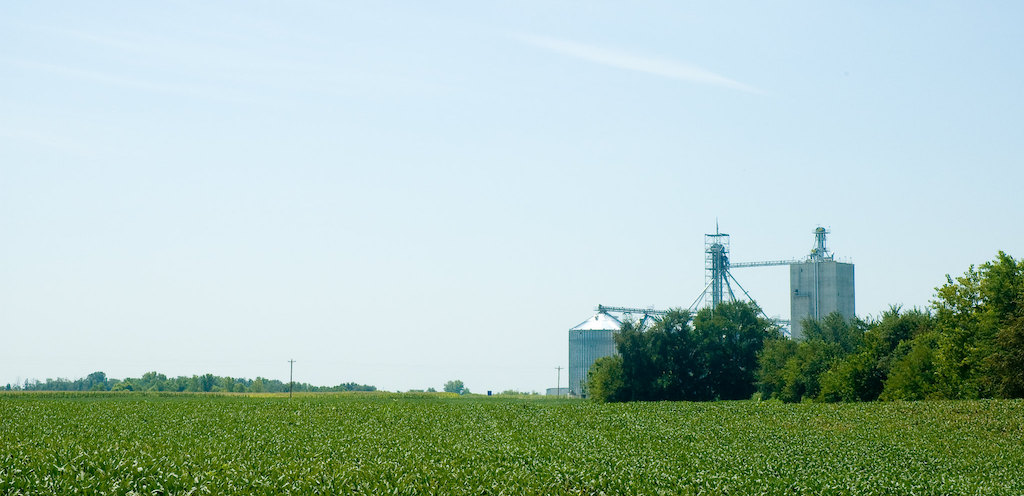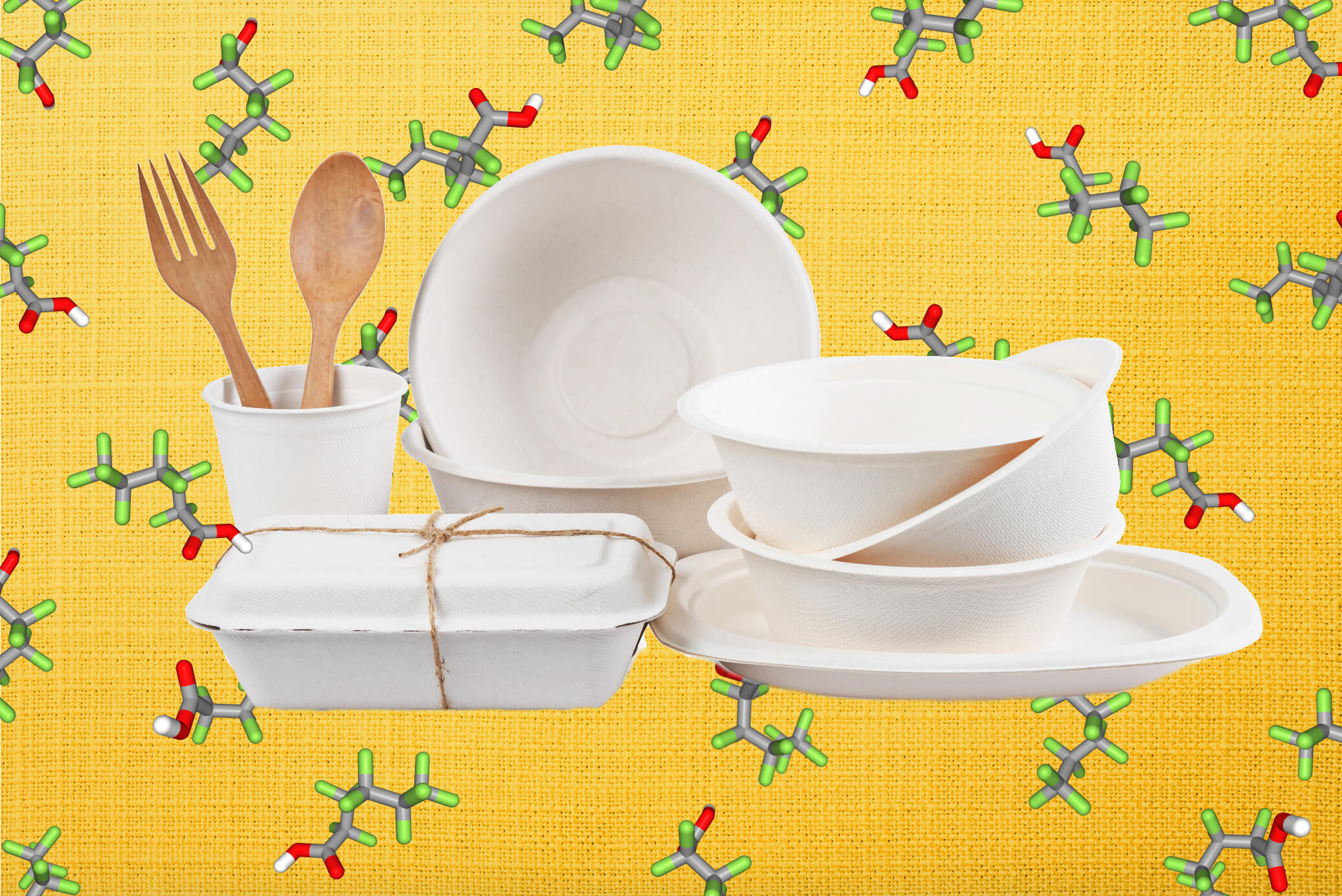In July, the Trump administration announced it would establish a $12 billion bailout fund for farmers impacted by the president’s escalating trade war. Months later, though, the government has delivered only a small fraction of what was promised. By Monday, The New York Times reported, just $838 million had been disbursed. At the same time, new evidence suggests some of that money isn’t reaching its intended targets.
On Monday, the Environmental Working Group (EWG), an environmental research nonprofit, released a report on the recipients of bailout funds, based on limited data from the United States Department of Agriculture (USDA). In its analysis of 87,704 payments under the program—a total of $360 million in aid, less than half of what’s been paid out so far—EWG found signs that, while the majority of farmers have received no bailout money, others appear to have taken more than their fair share.
The group found 85 farms collecting well above USDA’s $125,000 payment limit under the bailout program. The highest-paid farm, Red Gum Planting Co. No. 2, which grows soybeans, had received $439,120 as of October 31. The top 10 recipients in the data set all received more than $280,000. The same farm can technically collect multiple payments if it’s structured in a way that includes multiple owners. For example, if two brothers owned a farm and called each other partners, they would each be eligible for subsidy claims in some cases.
Urbanites represent a small proportion of the bailout recipients, and their payments aren’t that high. Still, Scott Faber, EWG’s senior vice president for government affairs, said on a press call that these recipients are likely to be landowners who don’t work directly on farms themselves. He called this “farming the treasury.”
The group has long argued that USDA should tighten requirements for farm subsidy eligibility, though Faber pointed out that the version of the farm bill passed in the House of Representatives would actually loosen the definition of “farmer” in the eyes of the government. Republican Senator Charles Grassley, from Iowa, and Democrat Jon Tester from Montana also applied for bailout funding for their farms.
News reports gauging farmer opinion on the program have shown mixed results, and farm groups have been critical of USDA’s plans for disbursing the bailout money. Corn and wheat farmers have complained that their commodities were overlooked, while milk producers have also criticized the administration for falling short of expectations. Many commodity farmers say they would prefer a free-market solution, and preliminary findings indicate the bailout money won’t make up for the tariffs’ full economic impact. And it goes without saying that the bailout is a short-term solution to a potentially long-term problem—no presidential administration can afford to pay $12 billion a year to make up for its own trade scuffle.
Faber said USDA is expected to make an announcement about a second round of payments on December 3.
Meanwhile, American farm income is forecasted to continue to decline and Chinese farmers are modernizing their techniques to limit reliance on U.S. goods As for the trade war, there’s no end in sight.
